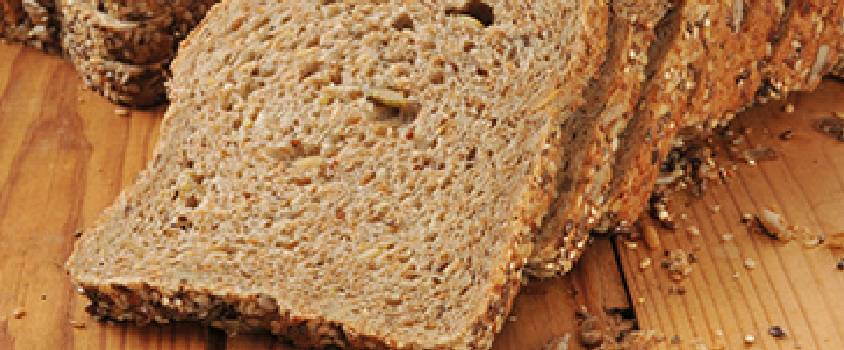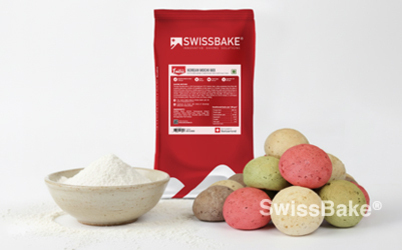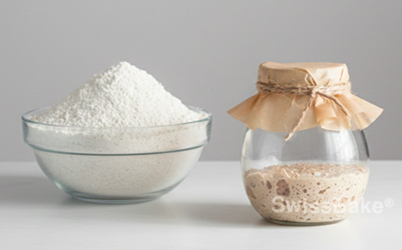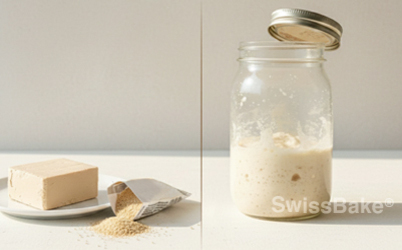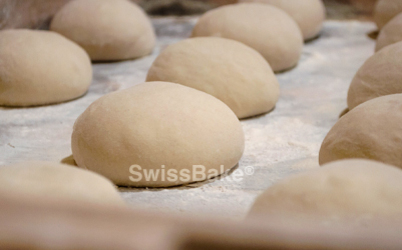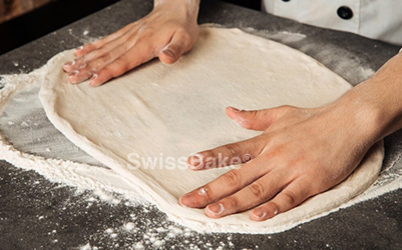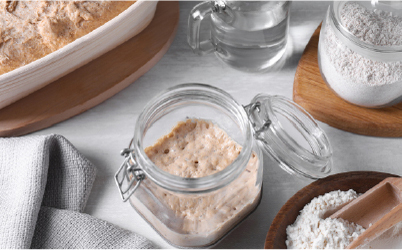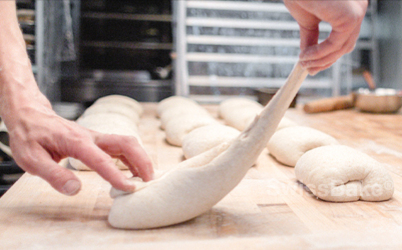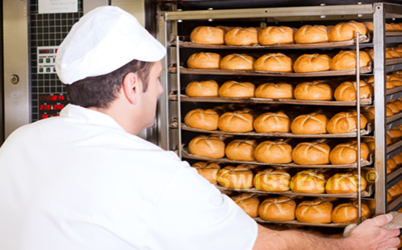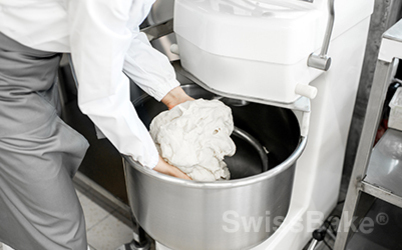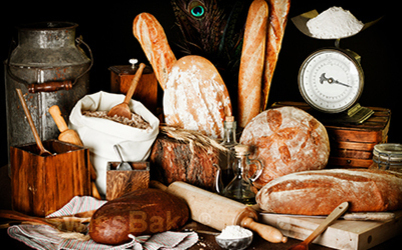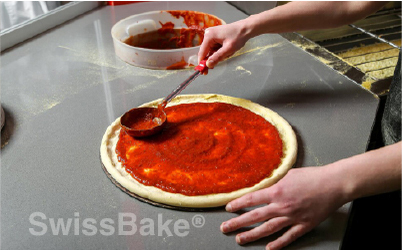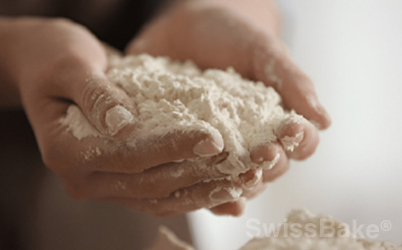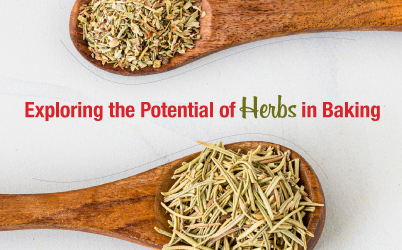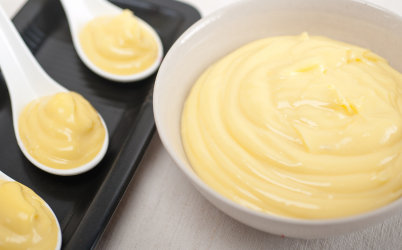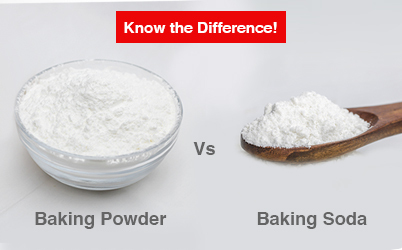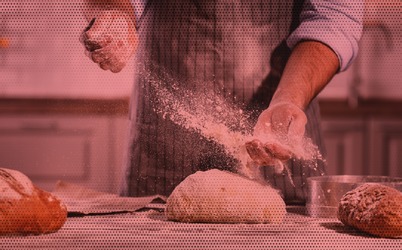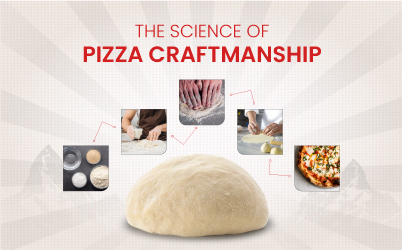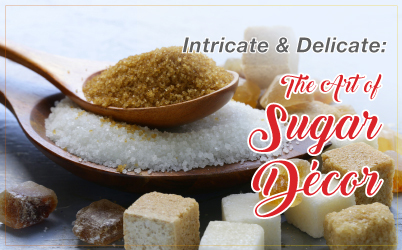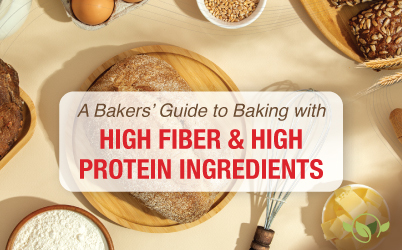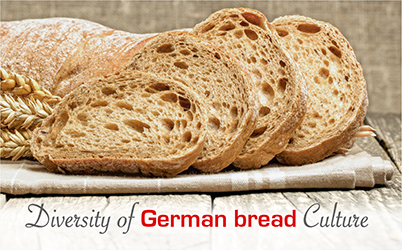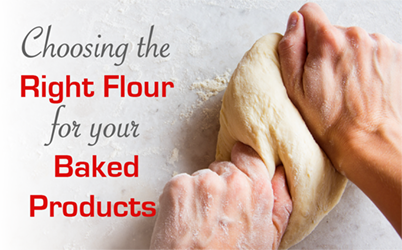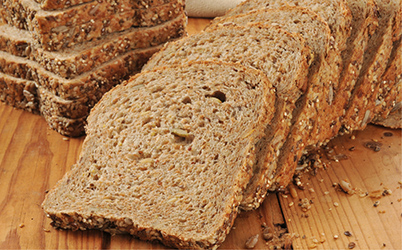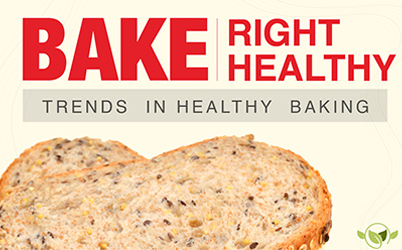Let's start by understanding the concept of oven spring in bread baking. Oven spring refers to the final rise of the dough in the oven during the baking process. Commercial bakers consider it a critical factor as it determines the volume and texture of the baked bread.
While it may sound simple, there is a deep science behind oven spring, with several factors coming into play during the baking process that influence this parameter.
One important factor that affects oven spring is the proofing of the dough. During proofing, chemical reactions occur between the yeast and the sugar in the flour, releasing carbon dioxide (CO2) and fermenting the bread. Decomposing enzymes like amylases and proteases in the flour also contribute to the dough structure and help inflate the dough during proofing. An under-proofed loaf will not achieve desirable oven spring, while an over-proofed loaf can lead to collapse during baking. Properly proofing the dough is crucial for achieving optimal oven spring.
Once the dough has been properly proofed, the next factor to consider is the temperature inside the oven. It is essential to preheat the oven to 230ºC and allow it to reach this temperature at least 30 minutes before baking your bread. Oven spring primarily occurs in the first ten minutes of baking, so maintaining the right temperature during this period is critical. Once the oven has reached the desired preheating temperature, you can place your loaves for baking.
Scoring is another factor that significantly affects oven spring, particularly in the case of artisan breads. Scoring involves making decisive cuts in the dough using a blade or paring knife. When the loaves are exposed to heat in the oven, yeast fermentation and respiration processes accelerate, releasing CO2. This expansion of CO2 can cause the gluten matrix of the flour to over-expand, resulting in the loaves rupturing or collapsing before they can fully set and hold their shape. Scoring helps vent out these gases through controlled spaces, allowing the loaves to rise fully. It is important to consider the placement of the loaf in relation to the heating element to maximize oven spring.
Surprisingly, steam inside the oven also plays a significant role in oven spring. Steam is a better conductor of heat, and its presence during the initial stages of baking allows the loaf to heat up more quickly, reaching the center effectively. As mentioned earlier, since oven spring primarily occurs in the first ten minutes of baking, steam facilitates a proper and rapid rise. Although steam re-evaporates quickly, the added moisture in the oven keeps the dough surface pliable, enabling oven spring with minimal resistance.
Baking bread is both an art and a science, and bread has been one of the oldest foods known to mankind. Understanding the science behind baking helps us master this art and create perfectly baked artisan breads.
We hope you found the information in this blog valuable. Feel free to share your comments, queries, or concerns with us.
Do you have a topic in mind that you would like us to write about? We are open to hearing from you. Kindly contact us at support@swissbake.ch.
Thank you for reading.

